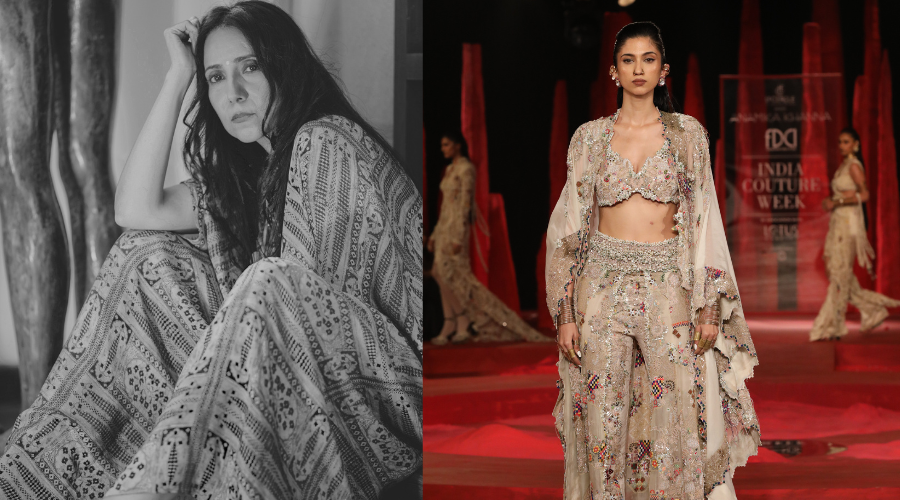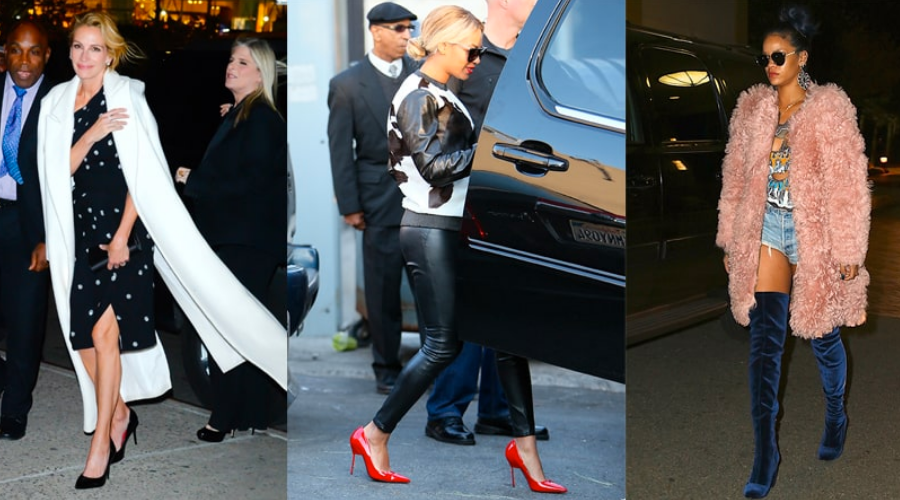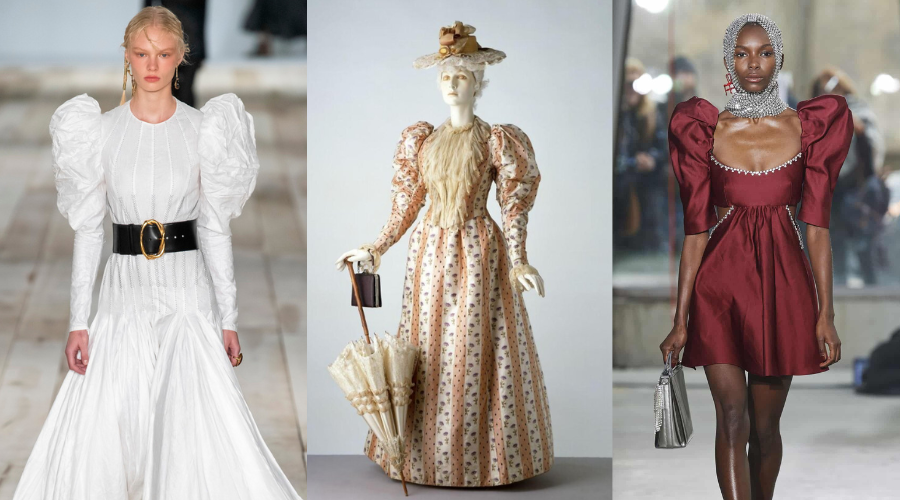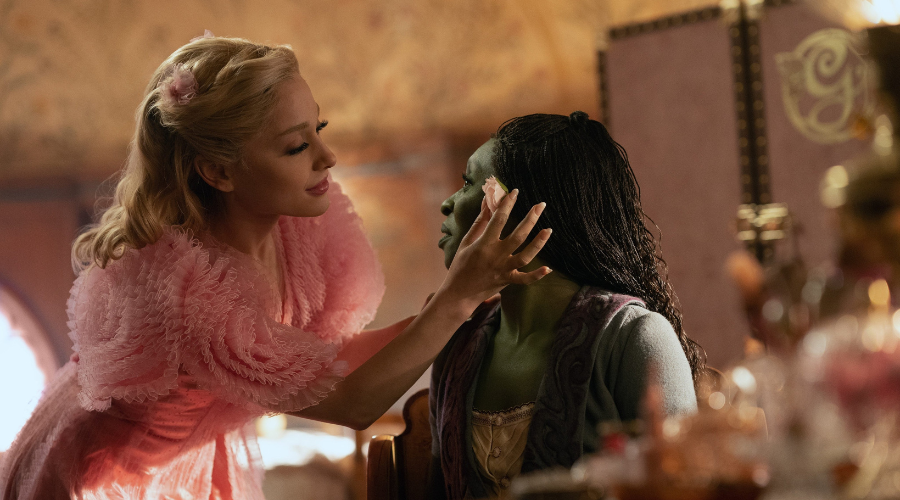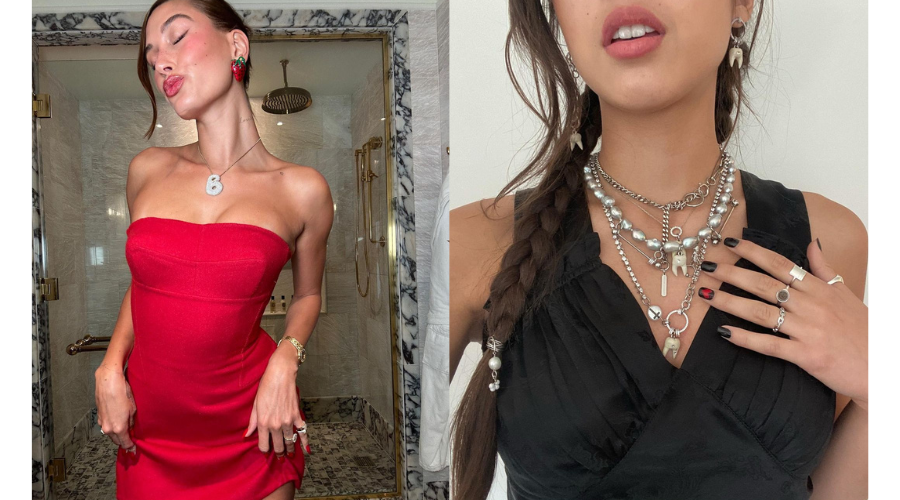It was a groggy pandemic morning when my fashion history professor excitedly yelled from my screen, “Today I’ll tell you all about the leg of mutton.” Well, that managed to wake me up. Because a) I wasn’t a hotel management student. b) The class was about to get 10x interesting. She went on to explain that the said piece of meat was not actually meat but a sleeve design, worn excessively during the Victorian era. Construction-wise, the sleeve is characterised by its large top, gathered or pleated into the armhole and tapered to the wrist, where it resembles a conventional sleeve.
Time For History Class
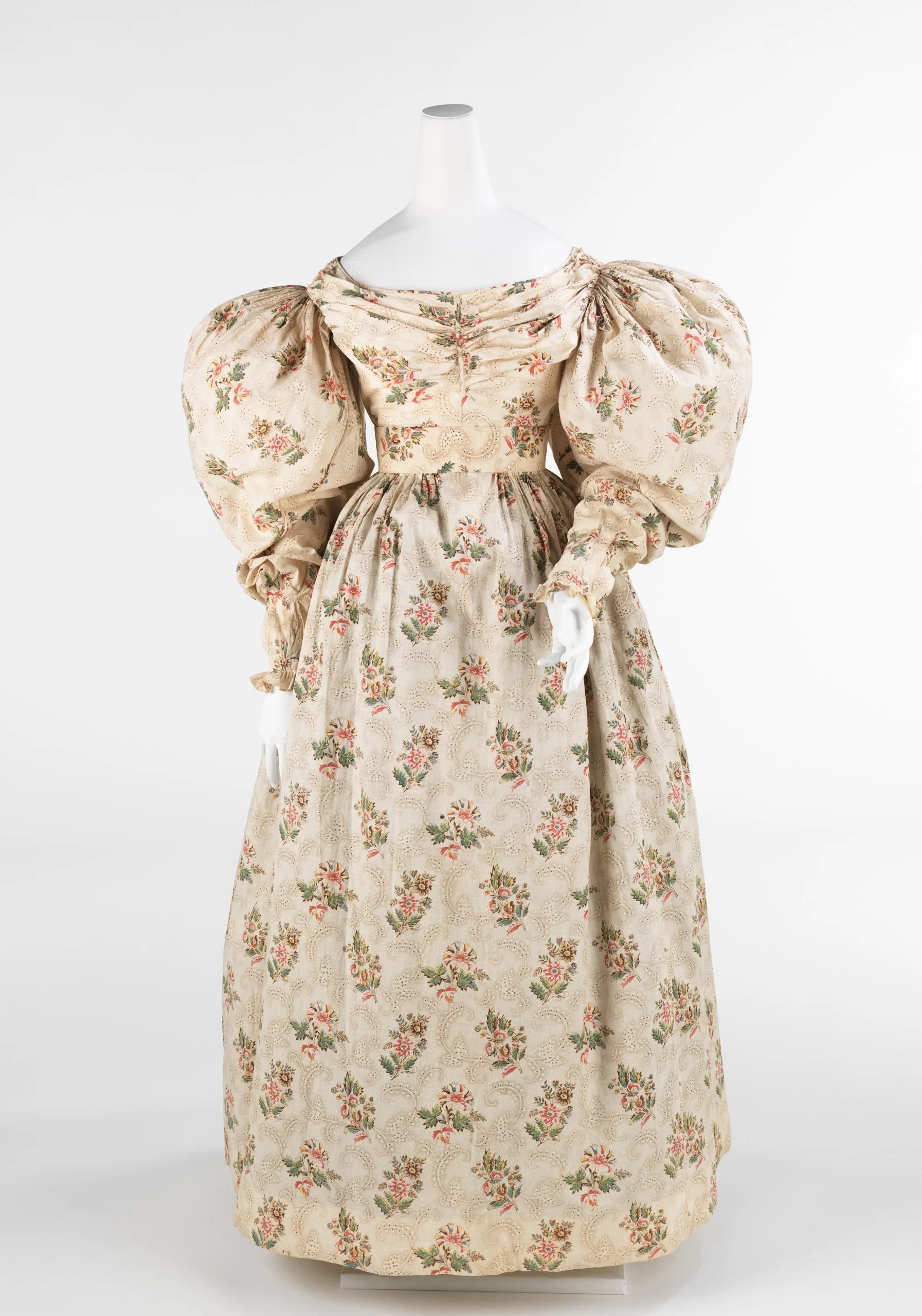
The leg of mutton sleeve’s primary purpose was to give the illusion of a smaller, slimmer waist. Damn you beauty standards. The sleeve initially appeared in the late 1820s, and it was popular throughout the 1830s. Due to the sleeve’s distinctive shape, the French originally called this type the ‘gigot sleeve,’ which in French literally translated to an animal’s hindquarters. The name was also pronounced Leg o’ Mutton in the English-speaking parts.
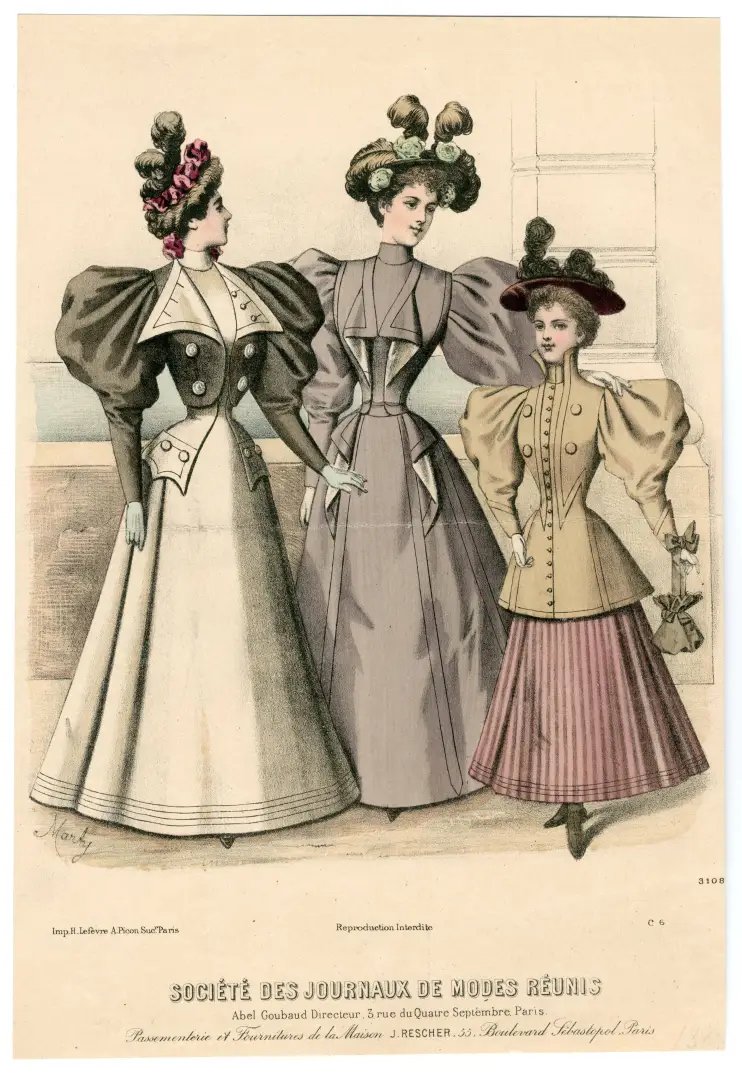
The ‘puff’ needed to be supported with horsehair and other materials to lend it the structure, which for example can-can usually does. The bottom of the skirts grew larger, and the waist appeared deceptively narrower to balance the ensemble.
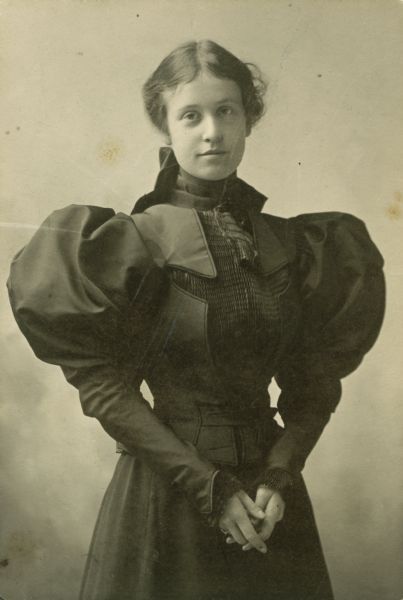
Between the years 1825 and 1833, the sleeve dominated all trend charts, whereas towards the end of the century, the sleeve size got exponentially bigger, indicative of the changing beauty and fashion standards. When referring to the sleeve size in 1895 specifically, a yard or two of fabric was needed to create the full sleeves which were à la mode back then. Never felt this good for being born in the 21st century.
In Today’s Fashion
Several modern renditions have flooded the market, given the theatric spin it so easily lends to an otherwise drab outfit. From couture runways to mass-produced tops easily available on e-commerce marketplaces, you too, can chomp on this delectable piece of meat. Don’t actually do that though.

Gucci Fall ’16
Time travel? Maybe. Spotlight on Italian luxury magnate Gucci incorporating this sleeve design in one of their fall collections dating back to 2016. The white, glossy trench coat featured white oversized lapels and a subtle variation of the leg of mutton sleeve. Highly replicable.
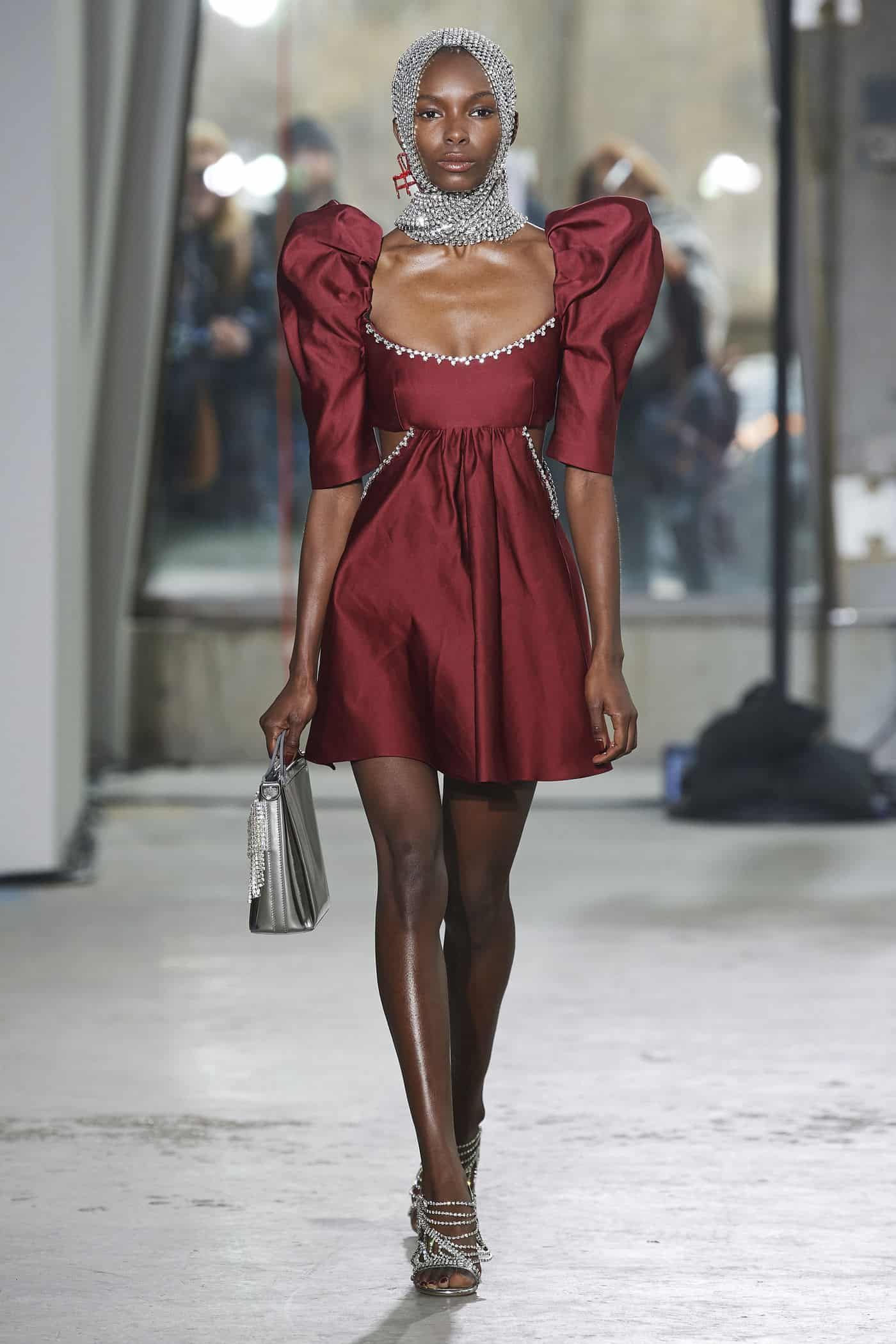
Area Fall 2020
Favoured by Manhattan’s elite, the party-going crowd’s cult favourite label Area traversed down the Elizabethan route with a vintage, deep hued collection making ample use of the ‘leg of mutton’ sleeve.
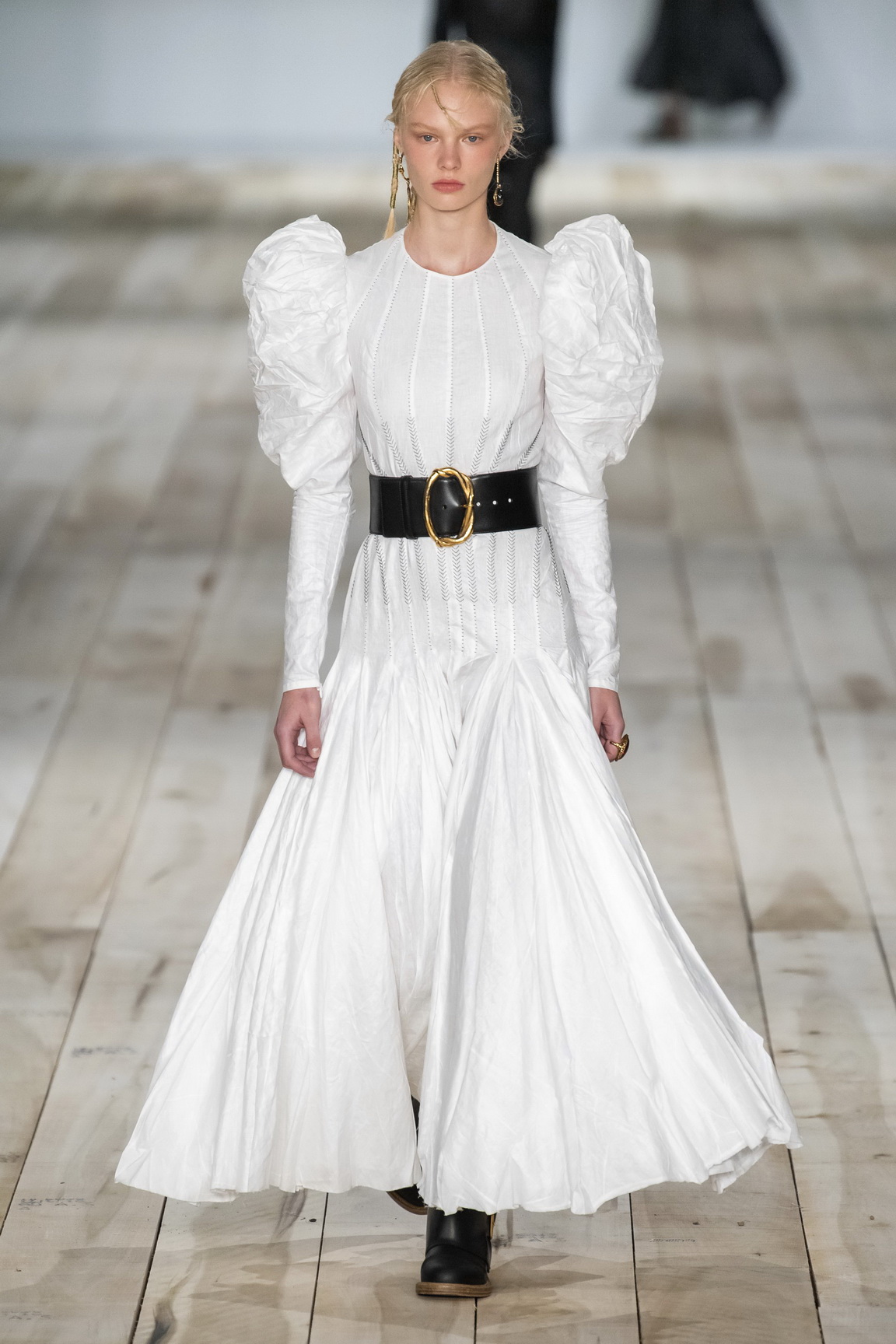
Alexander McQueen Spring 2020
Sarah Burton’s flirty dalliance with power shoulders and liking for gothic references led to McQueen’s spring 2020 collection being doused with Victorian references.
Here’s hoping your fashion vocabulary is now more embellished than it was, prior to reading this article. If so, my fashion professor will be proud.
With ELLECyclopedia, we aim to demystify terms from the world of fashion, beauty and pop culture. If such deep dives pique your interest, stay tuned as we’re exploring the origins of many such interesting words. In the meantime, you can also read about the ‘wifebeater.’ Ever Heard Of The Fashion Term? It’s Not What You May Think.




